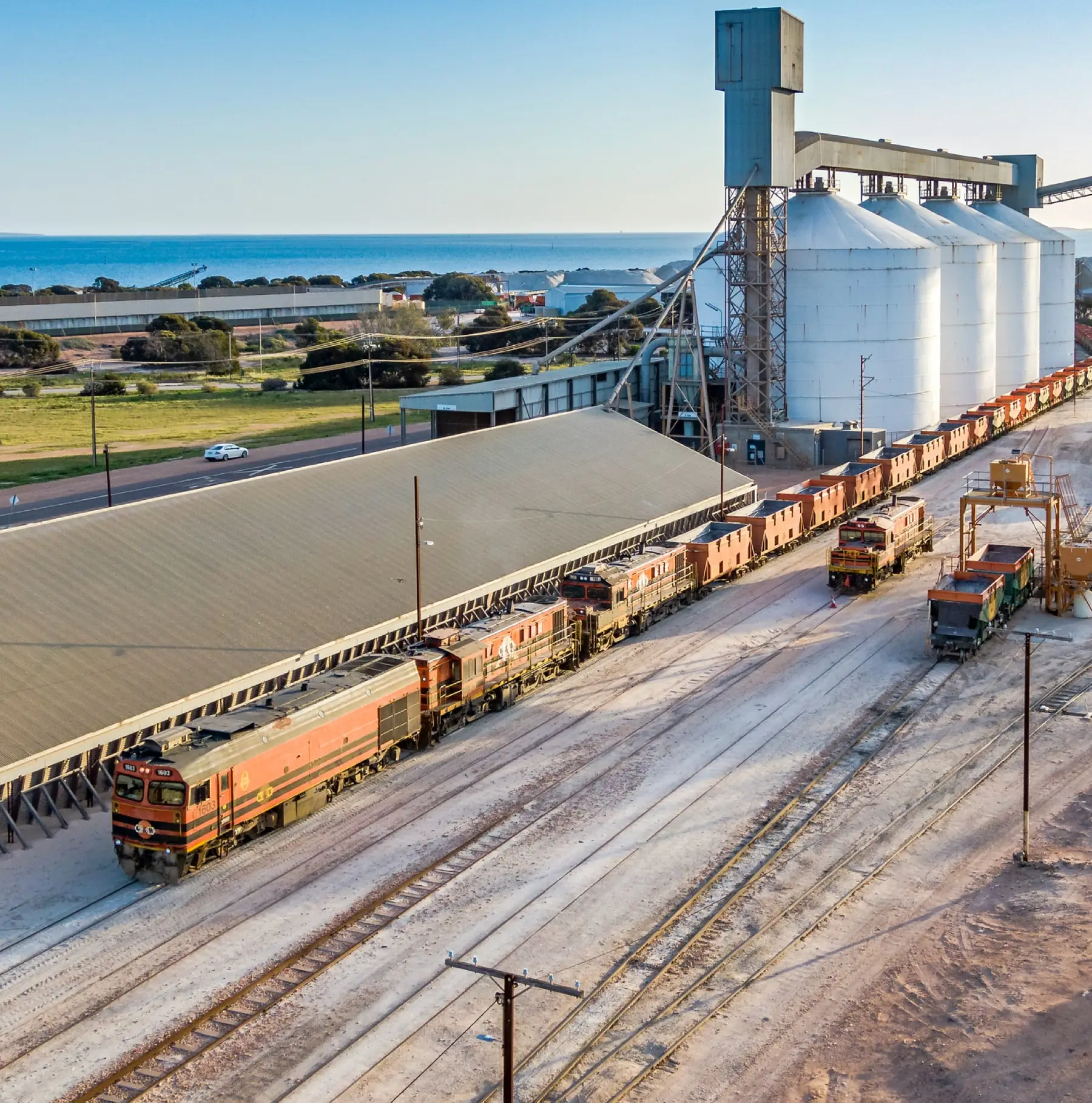In the dynamic landscape of the railroad industry, where precision and adherence to regulations are paramount, the adoption of digital record-keeping for Hours of Service (HOS) brings forth a myriad of advantages. The transition from traditional paper-based systems to digital solutions not only streamlines operations but also enhances safety, compliance, and overall efficiency. This new software also allows railroads to electronically record HOS, keep track of employee qualifications and certifications, automate crew calling, and integrate training, for instance with ease.

One of the primary benefits of digital record-keeping for HOS in railroads is the elimination of paperwork. Traditionally, railroad companies relied on manual logs to record employees’ working hours, which not only consumed valuable time but also posed the risk of errors and inaccuracies. Digital systems automate the recording process, significantly reducing the administrative burden on employees. This not only frees up time for more critical tasks but also minimizes the likelihood of mistakes that could lead to compliance issues or safety concerns.
Digital record-keeping enhances accuracy and transparency. With real-time data entry and retrieval, railroad operators can access up-to-date information on employee working hours, ensuring that scheduling aligns with regulatory requirements. This level of accuracy is crucial for compliance with the Federal Railroad Administration’s (FRA) HOS regulations, promoting a safer and more reliable rail network.

Another notable advantage is the ability to monitor and manage fatigue more effectively. Fatigue is a significant concern in the railroad industry, as tired employees pose a higher risk of accidents and errors. Digital HOS solutions often come equipped with features that analyze work patterns, alerting supervisors to potential fatigue risks and enabling proactive scheduling adjustments to mitigate these risks. This not only improves safety but also contributes to a healthier work environment for railroad employees.
Furthermore, digital record-keeping enables seamless communication and collaboration between different departments within a railroad company. Dispatchers, supervisors, and compliance officers can access the same centralized system, promoting a cohesive and well-coordinated approach to HOS management. This level of integration ensures that everyone involved in the process is on the same page, reducing the chances of miscommunication and enhancing overall operational efficiency.
In the ever-evolving technological landscape, digital record-keeping for HOS in railroads embraces the advantages of data analytics. The insights derived from digital systems allow railroad companies to identify trends, optimize schedules, and make informed decisions about resource allocation. This data-driven approach not only enhances efficiency but also provides a foundation for continuous improvement and innovation within the industry.

In conclusion, the transition from traditional paper-based systems to digital record-keeping for Hours of Service in the railroad industry marks a pivotal shift towards enhanced efficiency, compliance, and safety. TrackHoS, as a leading digital HOS solution, addresses the diverse needs of the industry by eliminating paperwork, improving accuracy, and promoting seamless collaboration. The software’s automation not only reduces administrative burdens but also minimizes the risk of errors, ensuring compliance with regulatory requirements. Furthermore, trackHoS enables proactive fatigue management, fostering a safer work environment. The integration of data empowers railroad companies to make informed decisions, optimize schedules, and continually innovate. As the railroad industry embraces this digital transformation, trackHoS stands as a crucial tool in creating a more efficient, compliant, and safer rail network for the future. Schedule a demo with us today!
